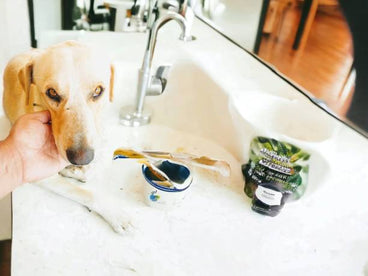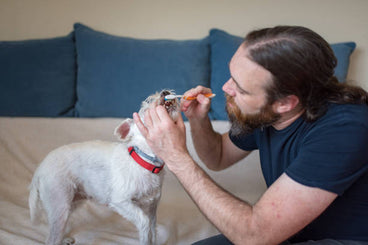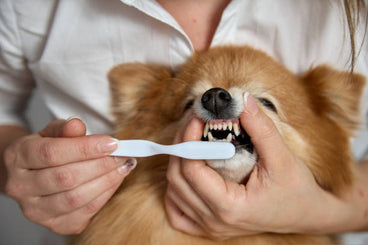Brushing your dog’s teeth regularly is one of the most important things you can do to maintain their overall health. Ideally, you should brush your dog’s teeth every day to remove plaque and prevent tartar buildup. Daily brushing may sound like a lot, but it helps avoid more serious dental issues like gum disease and tooth decay. Just like humans, dogs benefit most from consistent oral care routines. If daily brushing isn’t possible, aim for at least three times per week to keep their mouth in good shape.
Why Frequent Brushing Matters
Plaque starts forming on your dog’s teeth just hours after eating. If not removed, it hardens into tartar within 24 to 72 hours. This hardened tartar is much more difficult to remove and can lead to inflammation, pain, and periodontal disease. Regular brushing helps prevent these issues and keeps your dog’s breath fresh and gums healthy. It also minimizes the need for professional cleanings, which can be costly and require anesthesia. Consistency is the key to preventing long-term dental problems.
Best Brushing Schedule by Age
Puppies should be introduced to brushing early on, even if they still have baby teeth. Brushing 2–3 times per week helps them get used to the routine and prepares them for lifelong dental care. Adult dogs need more frequent brushing—ideally daily—to combat food buildup and bacterial growth. Senior dogs may need more gentle brushing due to sensitive gums, but frequency should remain consistent to prevent dental decline. Adapting the schedule to your dog’s age and comfort level is essential.
What If I Miss a Day?
It’s okay if you occasionally skip a day, as long as brushing is consistent overall. The goal is to make brushing a habit for both you and your dog. Missing a day now and then won’t undo your progress, but make sure to get back on track quickly. If your dog resists brushing, try shorter sessions or flavored toothpaste to make the process more enjoyable. The more your dog associates brushing with a positive experience, the easier it becomes to stick to the schedule.
Signs Your Dog Needs More Frequent Brushing
If your dog has bad breath, red or bleeding gums, or visible tartar buildup, it may be time to brush more frequently. These are signs that plaque is not being removed effectively, which can lead to painful infections. You may also notice changes in eating habits or discomfort when chewing, which are indicators of dental distress. Increasing brushing sessions and using enzymatic toothpaste can help reverse early signs of gum disease. Pay attention to these symptoms and adjust your routine accordingly.
Professional Dental Cleanings Still Matter
Even with daily brushing, most dogs still need professional dental cleanings once a year. Vets can remove tartar below the gumline and check for deeper issues that at-home care can’t address. However, regular brushing reduces the severity of buildup and may help space out these appointments. It also improves your dog’s tolerance for oral exams. Brushing at home and vet cleanings work hand in hand to give your dog the healthiest smile possible.
Conclusion: Make Brushing Part of the Routine
Brushing your dog’s teeth should be a regular part of their grooming routine, just like bathing or nail trimming. Aim for daily brushing, or at least a few times per week, to keep their teeth and gums in top shape. Choose the right toothbrush, a tasty toothpaste, and be patient as your dog gets used to it. Your efforts now can prevent costly vet visits and painful dental conditions down the road. A few minutes each day can make a big difference in your dog’s health and happiness.







